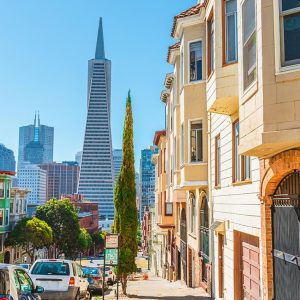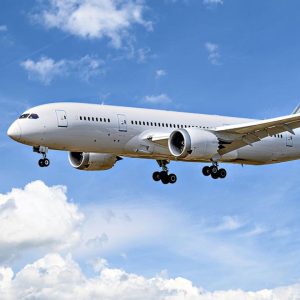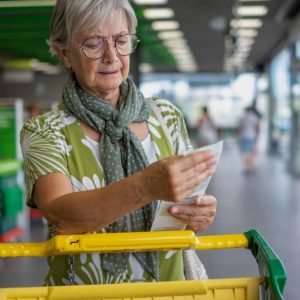 View Winners →
View Winners → Changes for the Dial-A-Ride


With the new system, seniors and the disabled “will not be competing with students or any other general public” for space on the Dial-A-Ride. – Courtesy photo
By Katta Hules
The Dial-A-Ride system is changing. Arcadia is graduating to a two-tiered system, reserving the Dial-A-Ride shuttle service for seniors and the disabled, while opening up three fixed route lines for the general public.
The changes “have been in consideration for many years, even before I arrived in Arcadia,” says Linda Hui, transportation services manager, who has been with the city for eight years.
Although the idea of going to a two-tiered system has long been under discussion, it was not until a year and a half ago that Arcadia began to take action. “The Gold Line com[ing] through town was a good opportunity for the city to look and see: is it feasible to change the service over?” says Hui.
The city hired the consulting firm IBI Group to answer the question. The firm deemed it was indeed feasible and, in November of last year, the system was approved by the city council, with the plan that it would be implemented in March when the Gold Line was done. “However, we got a lot of complaints from parents whose children have been using our service quite heavily in the afternoon” so the council decided to extend the public use of the Dial-A-Ride service until June 16, the day after school ends.
So why change the system? The Dial-A-Ride is often utilized by seniors and the disabled who use it to get to medical appointments; however it has also become popular for use by school children, which has put a strain on both the system and the non-student riders.
At first, the city opted to restrict morning services so “no children can go near the vicinity of any school before 10:30 a.m.,” according to Hui, but that did nothing to relieve afterschool congestion. “In the afternoon, we still have quite a lot of students using our system on the subscription basis. Our seniors have been impacted by that, so they have to limit their appointments, their activities to the morning.”
With the new dedicated system, seniors and the disabled “will not be competing with students or any other general public on the Dial-A-Ride service. We expect the seniors will spread out their activities a little bit better than they have been because right now they’re pretty much doing everything in the morning.”
The Dial-A-Ride began in 1975, offering on-demand curb-to-curb service to the general public within city boundaries. “When we started it was just a sedan, just a small vehicle and then we expanded, I believe in the late ‘80s, and ever since then we’ve had these cutaway shuttles … we have about 18 to 20 passengers per vehicle,” says Hui.
Passengers call ahead to schedule pick up and can even make long term subscription appointments. “If somebody has a regular appointment for more than three months, like for example, physical therapy at 11 a.m. on Monday morning for six months, then all they have to do is call once and we will pick them up every Monday morning for their appointment.”
Though many residents, like former mayor Gail Marshall at last week’s council meeting, feel that the Dial-A-Ride was “started for the disabled and the seniors” by Mayor Jim Helms, Hui maintains it has always been open to the general public. “It’s been this way for decades, I think since the inception of the service … the funding that we have been receiving … [is] for general public Dial-A-Ride and so we have to open our service to everybody.”
The new fixed route system will be divided into three lines (excluding the Dial-A-Ride): red, blue and green. They will connect riders to the major destinations in Arcadia including the Gold Line, hospitals, entertainment venues, schools, and commercial districts, according to the city manager’s office. It will cost 50 cents to ride with one free ride transfer. The Dial-A-Ride rates will also rise from 25 cents to 50. “The fixed route is open the general public, and the seniors, if it is convenient and if they are able, they can ride it for free and hopefully that will be an option for some seniors,” says Hui.
Thursday will mark the beginning of the new two-tiered system and Hui would like to remind seniors and people with disabilities to preregister for the Dial-A-Ride. “They can register anytime they want but we ask that they register before their next appointment.” The application form can be found at the community center, library, city hall cashier’s office and online at www.arcadiaca.gov/government/city-departments/development-services/transportation/arcadia-transit.













































































































